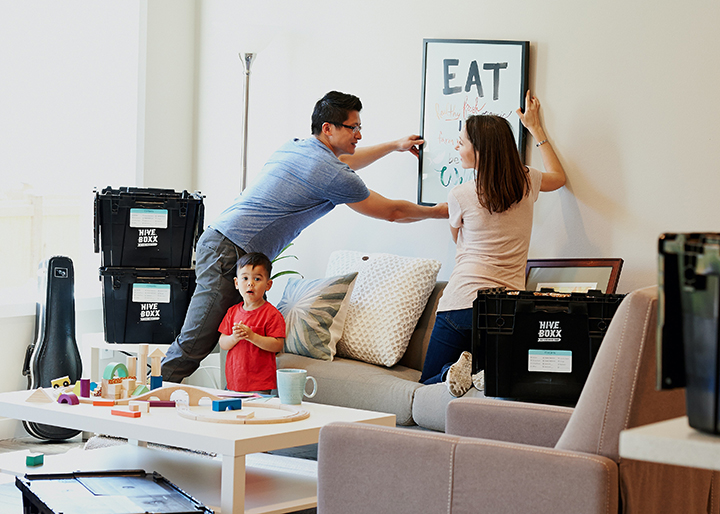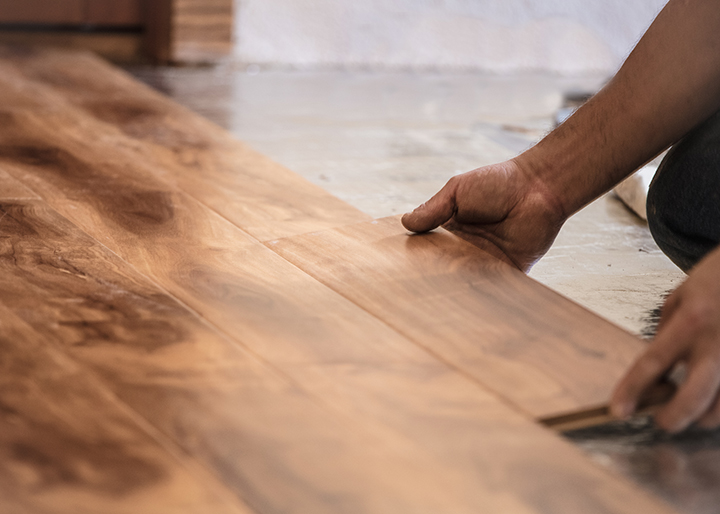Sticking with the Mission
PadSplit’s Unique Co-Living Platform Empowers Investors & Residents By Carole VanSickle Ellis You can do good and do well simultaneously,” Founder and CEO Atticus LeBlanc (yes, named after that Atticus) asserted when he talks about PadSplit, the Atlanta-based co-living marketplace that has spread far, far beyond its initial metropolitan base in the southeast to 10 markets around the country. “At our core, we have a mission to help solve the
Read More











